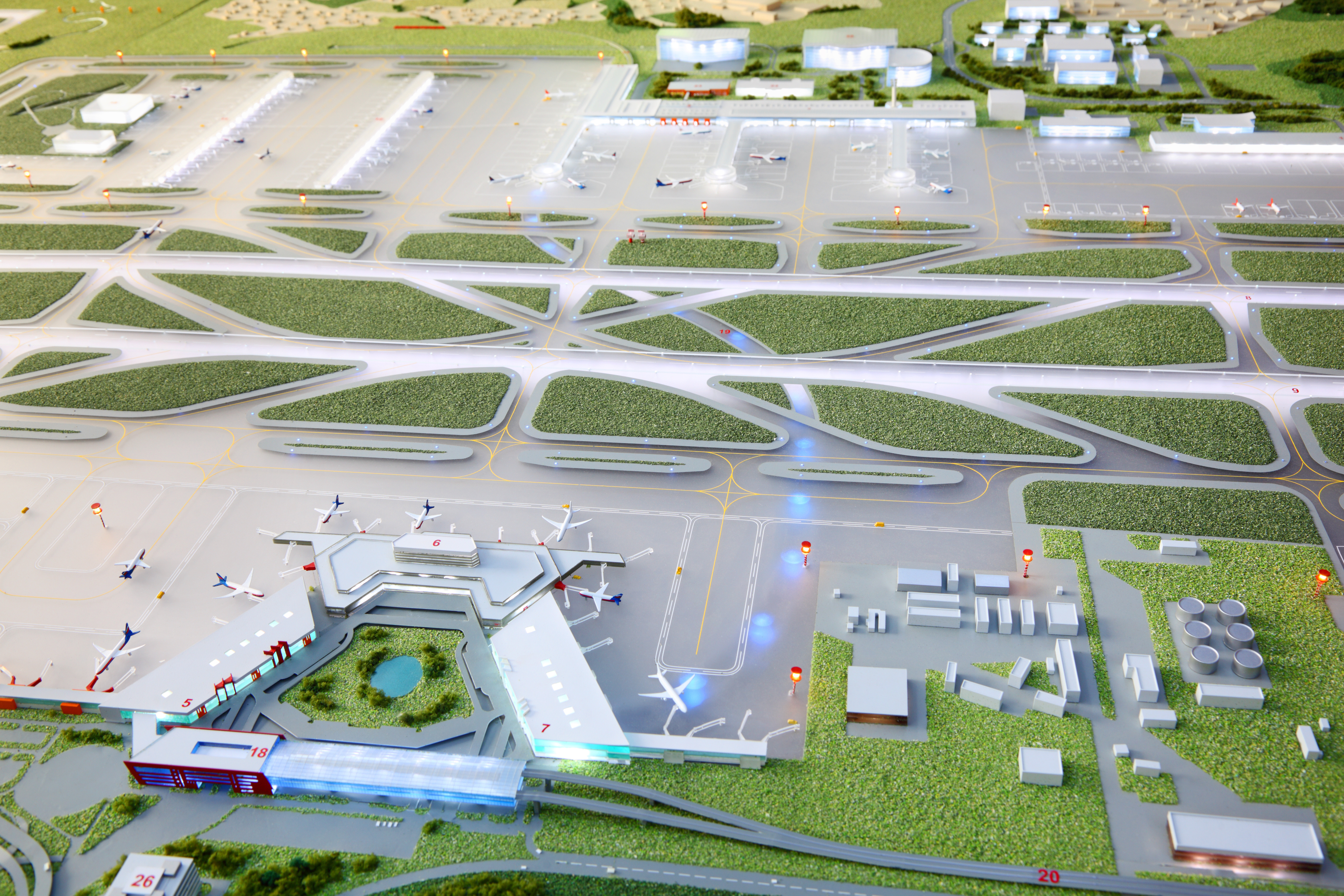Critical Aircraft in Airport Design
The FAA defines Critical Aircraft as the most demanding aircraft that uses an airport’s facilities regularly. This designation influences:
- Runway Length Requirements: Determined by the most demanding aircraft needing the longest runway.
- Taxiway and Apron Design: Ensures adequate separation and safe operations.
- Crosswind and Secondary Runways: Requires independent determinations based on specific use cases.
Challenges in Compliance
-
Data Collection Complexity
Documenting 500 annual operations can be daunting, especially for airports without control towers. Sources like FAA flight plans or landing fee logs often lack granular details.
-
Changing Fleet Mix
Airports must account for evolving fleets, as aircraft retirements and new models may alter operational needs.
How MotionInfo Simplifies Compliance
MotionInfo’s ADS-B solutions are equipped to automatically collect data on aircraft operations, including:
- Precise Tracking: Records aircraft movements on runways and taxiways.
- Seasonal Activity Trends: Tracks peak usage, helping to forecast demand and plan facility upgrades.
- Granular Reporting: Offers detailed breakdowns by aircraft type and frequency, enabling airports to align with FAA thresholds.
- Historic Reporting: Select a timeframe and get compiled results of all operations and aircraft--filter by airplane type and class.
For larger facilities, multiple ADS-B antennas ensure comprehensive coverage, even in high-interference areas or around buildings. The system can also incorporate future upgrades, such as tracking utility vehicle movements on the tarmac.
FAA Compliance Made Easy
By leveraging accurate, automated data collection from ADS-B systems, airports can seamlessly meet FAA requirements. Whether managing military aircraft, secondary runways, or accommodating future traffic growth, an ADS-B solution like MotionInfo’s provides actionable insights.
For more on FAA’s Critical Aircraft requirements, view the full Advisory Circular AC 150/5000-17.
Connect the Dots
Discover how MotionInfo’s advanced tracking solutions also contribute to environmental protection initiatives, such as safeguarding endangered marine species.

